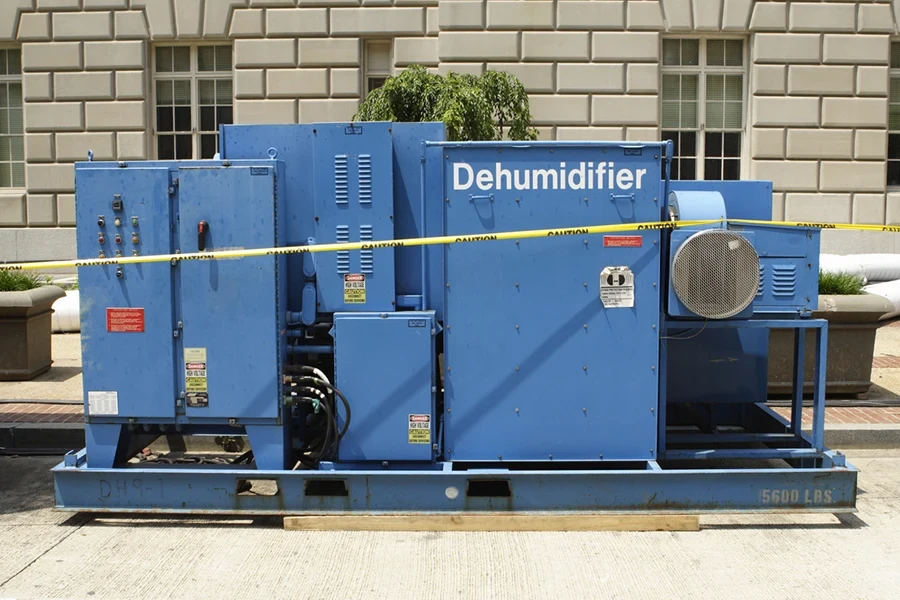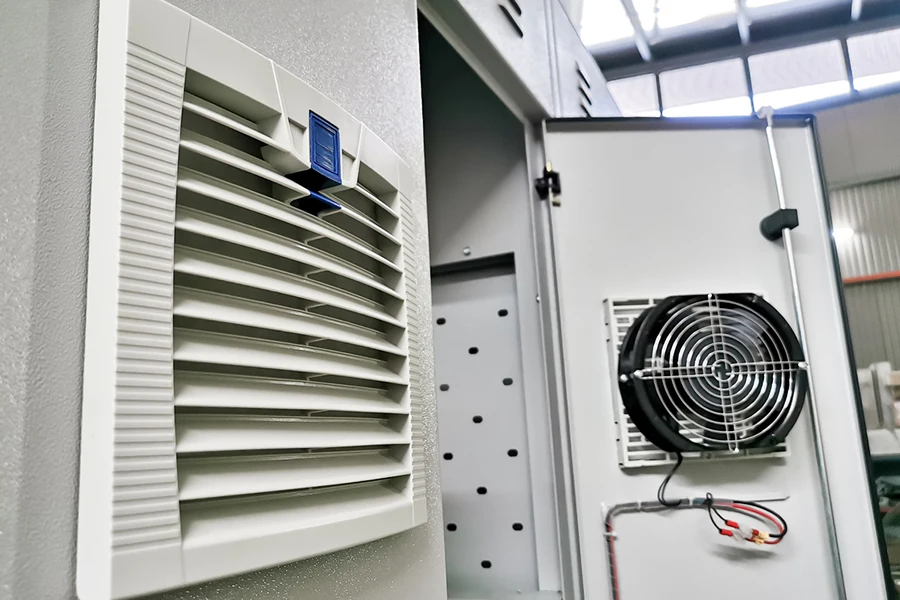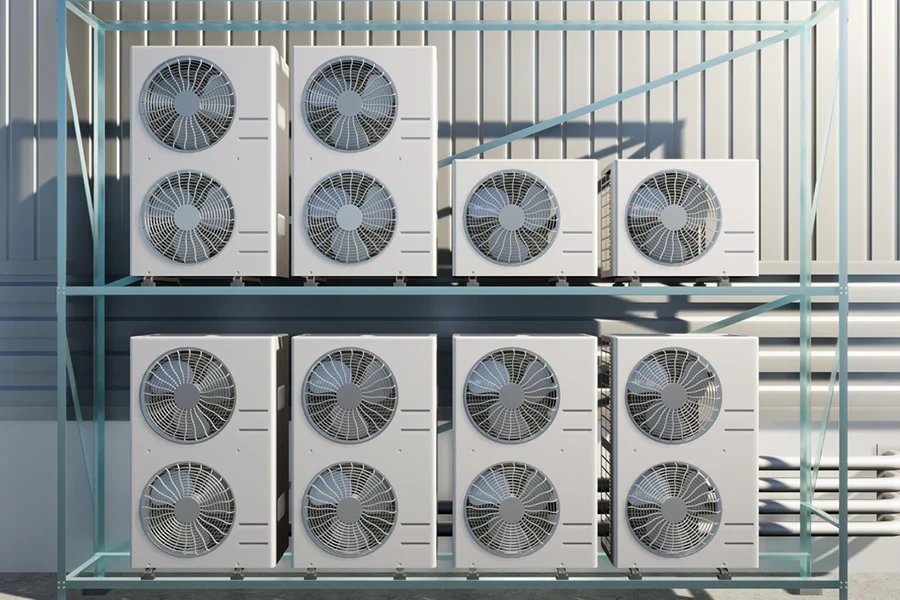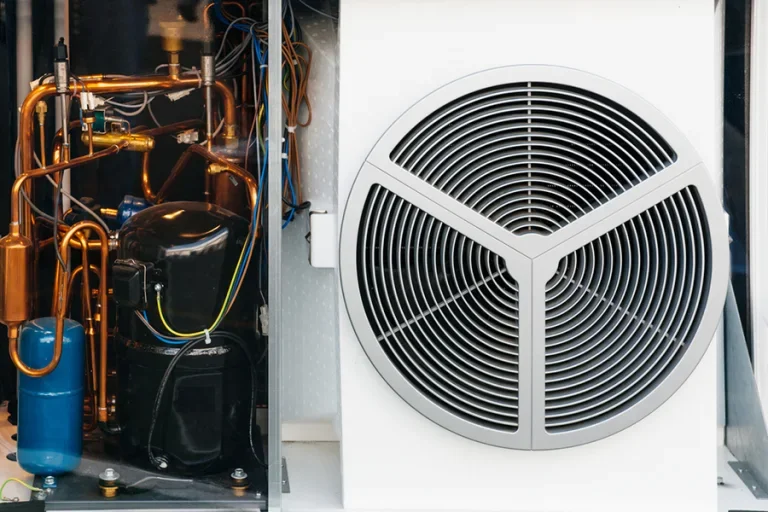Maintaining optimal humidity levels in industrial settings is crucial for productivity, safety, and equipment longevity. Industrial dehumidifiers are essential tools that help achieve this balance. This comprehensive guide explores the latest advancements, applications, and benefits of industrial dehumidifiers, providing actionable insights for businesses looking to enhance their operational efficiency.
Table of Contents:
– Understanding industrial dehumidifiers
– Key applications in various industries
– Technical advancements in industrial dehumidification
– Selecting the right industrial dehumidifier
– Maintenance and operational tips
Understanding industrial dehumidifiers

Industrial dehumidifiers are specialized machines designed to control and reduce humidity levels in large-scale environments. Unlike residential units, these dehumidifiers are built to handle substantial moisture loads, making them ideal for factories, warehouses, and other industrial settings. Their primary function is to extract excess moisture from the air, preventing mold growth, corrosion, and other moisture-related issues that can compromise operations and equipment.
The working principle of industrial dehumidifiers involves drawing in humid air through an intake vent. The air then passes over a cooling coil, where moisture condenses and is collected in a reservoir or drained away. The dehumidified air is reheated to the desired temperature and circulated back into the environment. This continuous process ensures that humidity levels remain within the optimal range, safeguarding both machinery and products.
Choosing the right industrial dehumidifier requires understanding the specific needs of your facility. Factors such as the size of the area, the level of humidity control required, and the ambient temperature play crucial roles in determining the appropriate model. It’s essential to consult with experts or conduct a thorough assessment to ensure the chosen dehumidifier meets your operational demands effectively.
Key applications in various industries

Industrial dehumidifiers find applications across a wide range of industries, each with unique humidity control needs. In the food and beverage industry, for instance, controlling moisture is critical to prevent spoilage, mold growth, and to maintain product quality. Dehumidifiers ensure that storage areas, production lines, and packaging units remain dry, thereby extending the shelf life of products and maintaining hygiene standards.
In pharmaceuticals, humidity control is vital for preserving the integrity of drugs and preventing contamination. Manufacturing processes in this industry often involve sensitive materials that can be adversely affected by excess moisture. Industrial dehumidifiers help maintain the stringent environmental conditions required for drug production, storage, and testing, ensuring compliance with regulatory standards.
The electronics industry also benefits significantly from industrial dehumidifiers. Moisture can cause corrosion of electronic components, leading to malfunctions and product failures. By keeping humidity levels in check, dehumidifiers protect sensitive equipment and products, enhancing reliability and reducing the risk of costly downtime.
Technical advancements in industrial dehumidification

The field of industrial dehumidification has seen significant technological advancements in recent years. Modern dehumidifiers are now equipped with smart controls and sensors that allow for precise humidity regulation. These systems can be integrated into building management systems (BMS), providing real-time data and remote monitoring capabilities. This integration facilitates proactive maintenance and ensures optimal performance at all times.
Energy efficiency is another critical area of advancement. Traditional dehumidifiers can be energy-intensive, but newer models incorporate energy-saving technologies such as variable speed compressors and advanced heat exchange systems. These features reduce energy consumption while maintaining high dehumidification performance, resulting in lower operational costs and a reduced environmental footprint.
Another notable development is the use of desiccant dehumidification technology. Unlike conventional refrigeration-based dehumidifiers, desiccant units use absorbent materials to remove moisture from the air. This method is particularly effective in low-temperature environments where refrigeration-based systems may struggle. Desiccant dehumidifiers are also known for their ability to achieve very low humidity levels, making them ideal for specialized industrial applications.
Selecting the right industrial dehumidifier

Choosing the right industrial dehumidifier involves considering several key factors. First, assess the size of the area that needs dehumidification. Larger spaces require dehumidifiers with higher capacity and airflow rates. It’s also important to consider the specific humidity control requirements of your industry and application. Some environments may require strict humidity levels, while others might only need general moisture control.
Ambient temperature plays a crucial role in dehumidifier selection. In colder environments, desiccant dehumidifiers may be more effective, while refrigeration-based units are suitable for moderate to high temperatures. Additionally, consider the installation and maintenance requirements of the dehumidifier. Look for models that offer ease of access for servicing and have reliable support from the manufacturer.
Consulting with industry experts or conducting a detailed site assessment can help identify the best dehumidifier for your needs. Custom solutions may be necessary for complex environments, ensuring that the chosen unit integrates seamlessly with your existing systems and meets all operational requirements.
Maintenance and operational tips

Regular maintenance is essential to ensure the longevity and efficiency of industrial dehumidifiers. Routine checks and servicing can prevent unexpected breakdowns and costly repairs. Key maintenance tasks include cleaning or replacing air filters, inspecting and cleaning condensate lines, and checking the operation of fans and compressors. It’s also important to monitor the humidity levels and adjust settings as needed to maintain optimal conditions.
Training staff on the proper use and maintenance of dehumidifiers is also crucial. Ensure that operators understand how to adjust settings, perform basic troubleshooting, and recognize signs of potential issues. Having a maintenance schedule and keeping detailed records of servicing activities can help in identifying recurring problems and planning for timely replacements.
Proactive maintenance can extend the life of the dehumidifier and improve its efficiency. Consider implementing a predictive maintenance strategy, using data from smart controls and sensors to anticipate and address issues before they lead to failure. This approach not only enhances reliability but also contributes to overall cost savings by minimizing downtime and extending the equipment’s operational life.
Conclusion
Industrial dehumidifiers are indispensable tools for maintaining optimal humidity levels in various industrial settings. By understanding their functions, applications, and technological advancements, businesses can make informed decisions to enhance their operational efficiency. Regular maintenance and careful selection of the right dehumidifier ensure long-term performance and reliability, safeguarding both equipment and products from the adverse effects of excess moisture.




